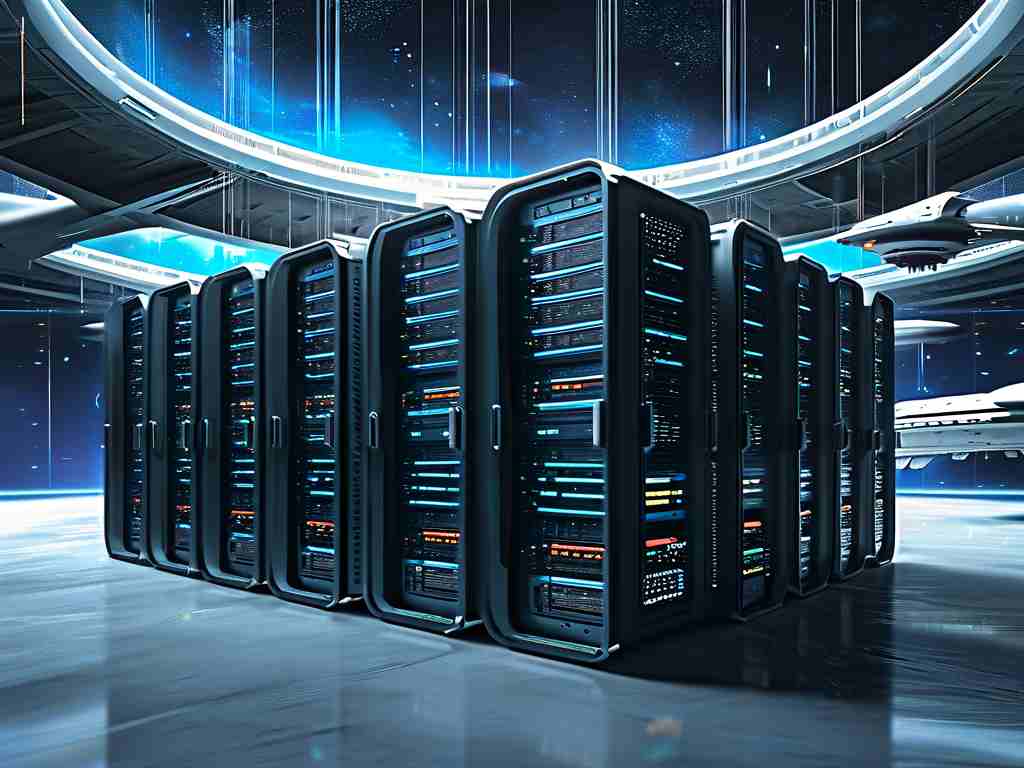Electronic control distributed architectures represent advanced frameworks where computing tasks are spread across multiple interconnected nodes, enhancing efficiency and resilience in systems like automotive electronics or industrial automation. This setup allows for real-time processing and fault tolerance by distributing control functions rather than relying on a single central unit. Understanding the various types of these architectures is crucial for engineers and developers aiming to optimize performance in complex environments.

One prominent type is the client-server architecture, where a central server handles requests and data management while client nodes interact with it for specific tasks. This model is widely adopted in automotive systems for managing engine control units, where the server coordinates inputs from sensors and actuators to ensure smooth vehicle operation. Its key advantage lies in centralized oversight, simplifying updates and security protocols. However, this architecture can suffer from bottlenecks if the server fails, potentially causing system-wide disruptions in critical scenarios like autonomous driving.
Another significant category is peer-to-peer architecture, which eliminates a central authority by enabling all nodes to communicate and share resources directly. In industrial automation, this approach allows robots or machinery on a production line to collaborate autonomously, exchanging data for synchronized operations without a master controller. This design boosts fault tolerance since the failure of one node doesn't halt the entire network, making it ideal for high-reliability applications. On the downside, peer-to-peer systems may face challenges in coordination and consistency, requiring sophisticated algorithms to prevent conflicts in distributed decision-making processes.
Microservices architecture has emerged as a modern variant, breaking down applications into small, independent services that communicate via APIs. For instance, in smart grid systems for energy distribution, each microservice handles a distinct function like load balancing or fault detection, allowing for easy scaling and updates. This modularity supports rapid innovation and reduces downtime during maintenance, as changes to one service don't affect others. Yet, it introduces complexity in managing inter-service dependencies and can increase latency if not implemented with efficient communication protocols.
Event-driven architecture focuses on actions triggered by specific events, such as sensor readings or user inputs, enabling asynchronous processing. In contexts like IoT-based home automation, this type allows devices to react instantly to events like motion detection or temperature changes, without constant polling. It excels in scalability and responsiveness for real-time systems but demands robust event-handling mechanisms to avoid data loss or bottlenecks during high-traffic periods.
Hybrid approaches often combine elements from these types to address specific needs, such as in aerospace systems where client-server structures manage core flight controls while peer-to-peer components handle redundant backups. Each type offers unique benefits: client-server for control simplicity, peer-to-peer for resilience, microservices for flexibility, and event-driven for reactivity. When selecting an architecture, factors like system scale, reliability requirements, and cost must be weighed. For example, automotive manufacturers might prioritize event-driven setups for adaptive cruise control to ensure immediate responses, whereas industrial plants could favor microservices for modular upgrades.
In summary, electronic control distributed architectures provide versatile solutions for modern technological challenges, with types ranging from traditional client-server to innovative microservices and event-driven models. Their evolution continues to drive advancements in fields like autonomous vehicles and smart factories, emphasizing the need for tailored implementations to maximize efficiency and reliability. As technology progresses, integrating AI and edge computing will further refine these architectures, paving the way for more intelligent and adaptive systems.









